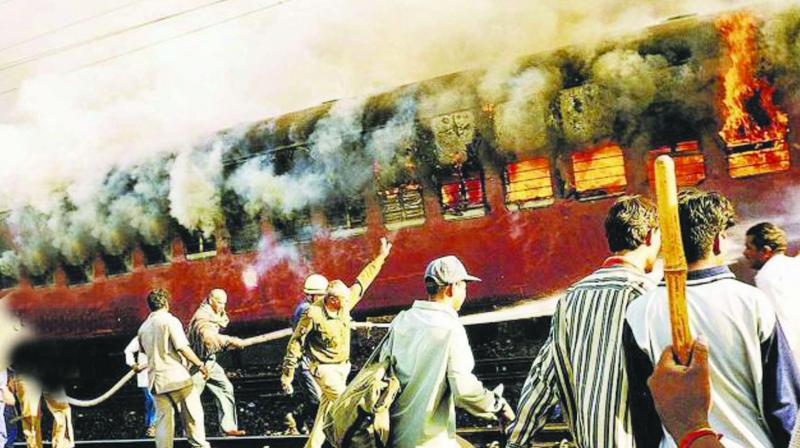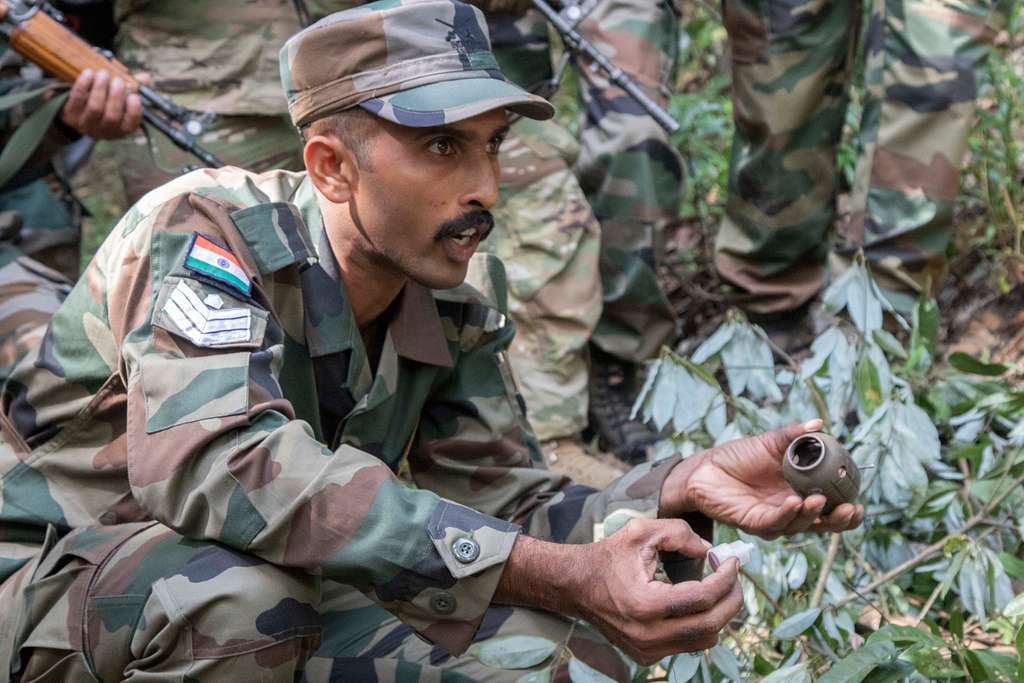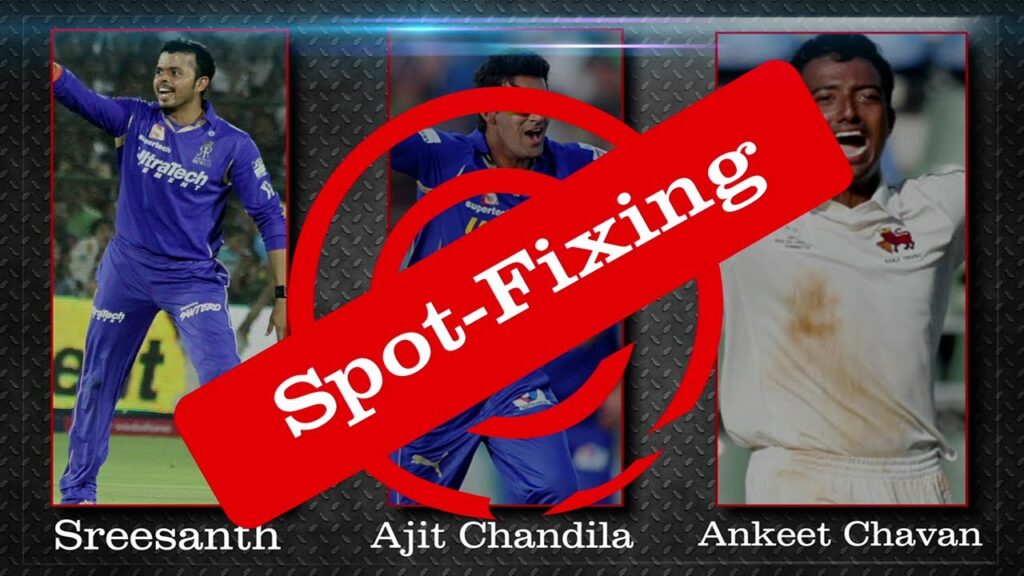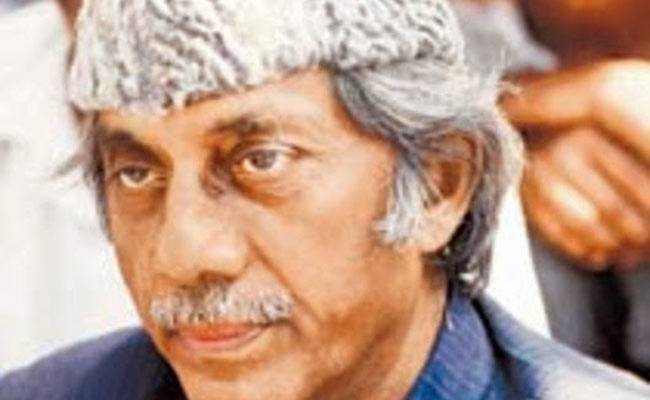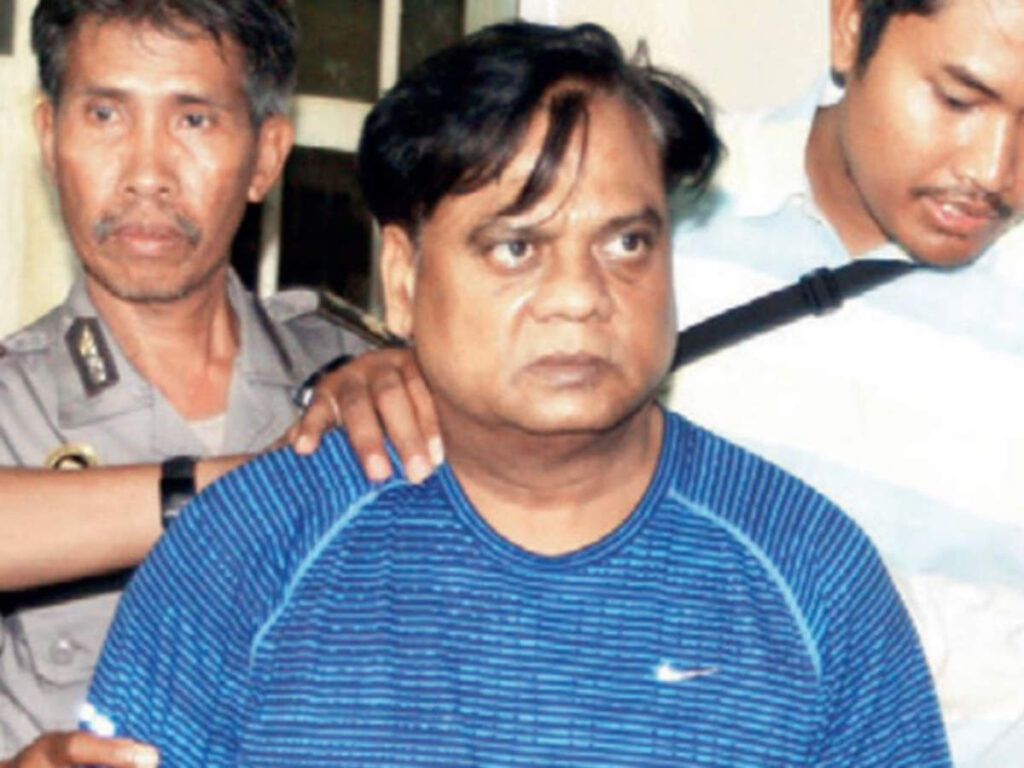The 2002 Gujarat riots and the Godhra train burning are tragic events that left a deep scar on India’s social and political landscape. Understanding the context, timeline, causes, and consequences of these incidents is crucial to comprehending their impact on Indian society and the ongoing quest for justice, reconciliation, and communal harmony.
Background and Context:
- Religious Demographics: Gujarat, a western Indian state, has a significant population of both Hindus and Muslims, with communal tensions historically existing but usually managed peacefully.
- Godhra Train Burning: On February 27, 2002, a train compartment carrying Hindu pilgrims caught fire near Godhra railway station in Gujarat. The incident resulted in the deaths of 59 people, most of whom were Hindu activists returning from Ayodhya.
- Immediate Aftermath: Following the Godhra incident, widespread violence erupted across Gujarat, primarily targeting Muslims, resulting in thousands of deaths, displacement, and destruction of property.
Timeline of Events:
Godhra Train Burning (February 27, 2002):
- A train carrying Hindu pilgrims, including activists from the Vishva Hindu Parishad (VHP) and the Rashtriya Swayamsevak Sangh (RSS), was returning from Ayodhya.
- Near the Godhra railway station, a mob attacked the train, resulting in a fire in one of the compartments (S-6 coach).
- The cause of the fire remains disputed, with initial reports suggesting it was a result of a deliberate attack, while subsequent investigations presented different theories, including accidental fire due to a cooking stove.
Escalation of Violence (Late February – March 2002):
- The Godhra incident sparked communal tensions and widespread violence across Gujarat, especially targeting Muslim neighborhoods, businesses, and individuals.
- Reports of brutal killings, rapes, arson attacks, and destruction of property emerged from various parts of the state.
- The state government, led by Chief Minister Narendra Modi and the Bharatiya Janata Party (BJP), faced criticism for alleged inaction and inadequate measures to control the violence.
Aftermath and Fallout:
- The aftermath of the Gujarat riots saw a polarized society, with deep mistrust and fear among communities.
- Human rights organizations and activists accused the state government and law enforcement agencies of complicity and bias in handling the violence, citing instances of police inaction or collusion with rioters.
- The political ramifications of the riots were significant, with debates about governance, secularism, and communal harmony dominating national discourse.
Causes and Triggers:
- Deep-rooted Communal Tensions: Historical tensions and occasional flare-ups between Hindu and Muslim communities in Gujarat laid the groundwork for heightened sensitivities and potential conflicts.
- Godhra Incident’s Impact: The Godhra train burning, regardless of its cause, acted as a catalyst for unleashing pent-up communal tensions and triggering retaliatory violence.
- Allegations of Political Complicity: Critics accused the state government, then led by Chief Minister Narendra Modi, of failing to promptly control the violence and being biased towards certain communities, leading to allegations of state-sponsored violence.
- Lack of Law Enforcement: Reports and testimonies pointed to instances where law enforcement agencies either failed to intervene effectively or were complicit in the violence, exacerbating the situation.
Consequences and Legacy:
- Loss of Lives and Livelihoods: Thousands lost their lives, and many more were displaced or lost their homes and livelihoods due to the violence and destruction during the riots.
- Psychological Trauma and Fear: The riots left deep scars on survivors and communities, leading to ongoing psychological trauma, fear, and distrust among different religious groups.
- Legal Battles and Accountability: The aftermath saw legal battles, inquiries, and demands for accountability, including calls for justice for the victims and prosecution of those involved in orchestrating or participating in the violence.
- Impact on Politics and Society: The Gujarat riots had a lasting impact on Indian politics, shaping narratives around secularism, governance, and the role of religion in public life. The polarization and debates stemming from these events continue to influence national discourse.
- Quest for Reconciliation: Efforts towards communal harmony, reconciliation, and justice remain ongoing, with civil society organizations, activists, and individuals advocating for dialogue, understanding, and accountability.
Lessons Learned and Moving Forward:
- Importance of Rule of Law: The Gujarat riots underscored the critical importance of upholding the rule of law, ensuring swift and impartial justice, and preventing the politicization of law enforcement agencies during communal unrest.
- Promoting Interfaith Dialogue: Initiatives promoting interfaith dialogue, understanding, and mutual respect are crucial in fostering long-term communal harmony and societal cohesion.
- Political Accountability and Governance: The riots highlighted the need for accountable and inclusive governance, where political leaders prioritize peace, justice, and the well-being of all communities over partisan interests.
- Media and Civil Society Role: Responsible media reporting and active civil society participation play pivotal roles in highlighting issues, advocating for justice, and fostering public awareness and empathy.
In conclusion, the 2002 Gujarat riots and the Godhra train burning represent a dark chapter in India’s history, reminding us of the fragility of communal harmony and the urgent need for responsible governance, justice, and societal reconciliation. While the wounds of the past may still be healing, ongoing efforts towards truth, accountability, and dialogue offer hope for a more inclusive and harmonious future for all communities in India.

